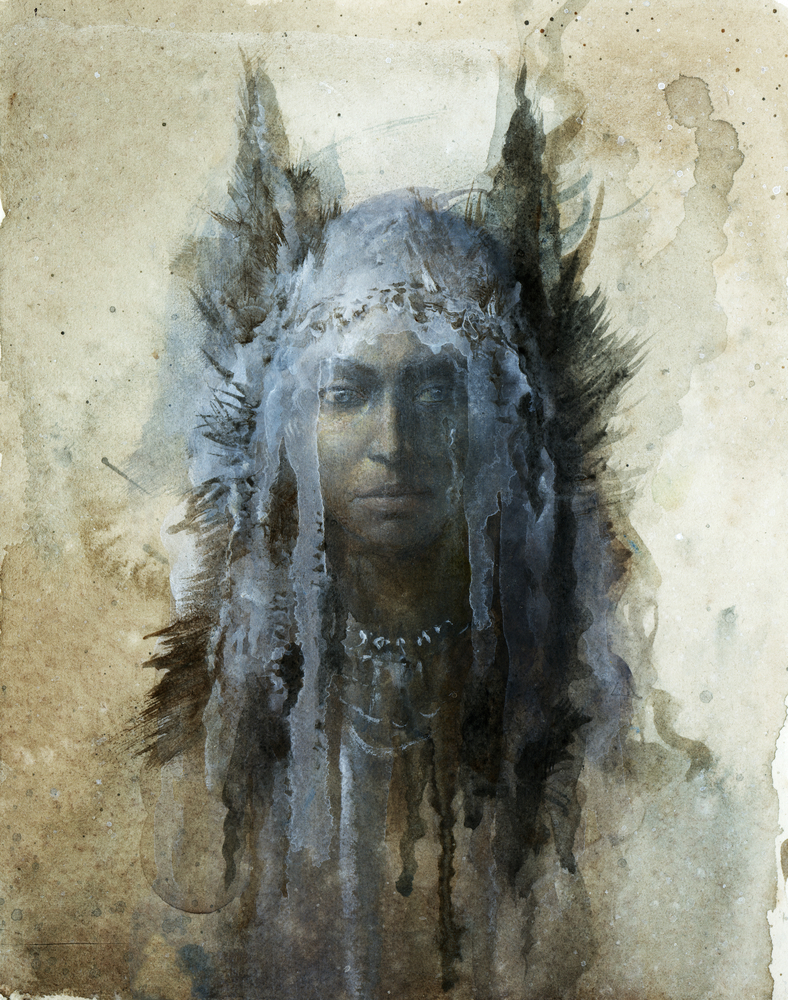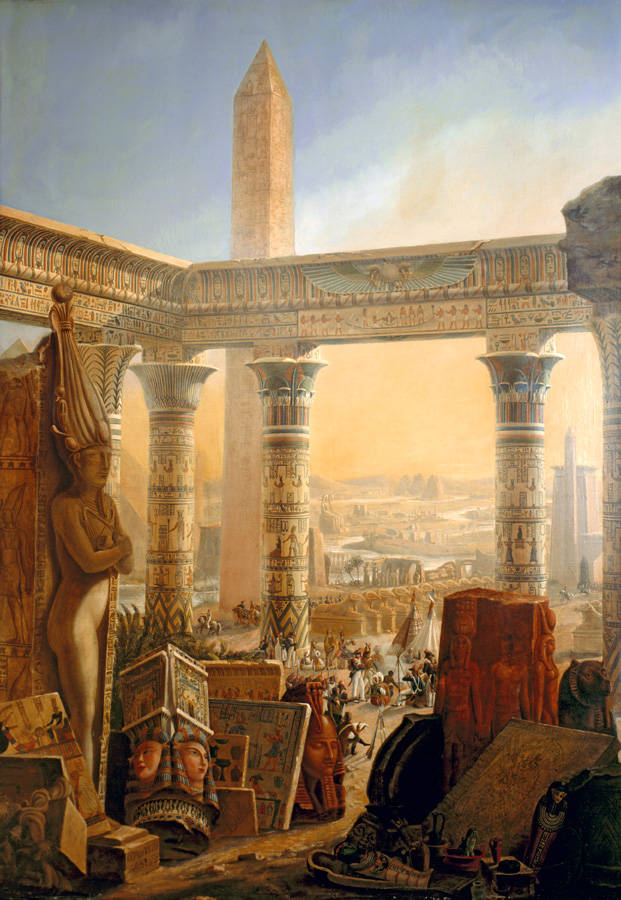
For most of us the subconscious mind–a level of reality rendered fully accessible during altered states of consciousness–would seem like a recently established phenomenon in the development of psychology, somewhat popularized by the intellectual ramblings of Sigmund Freud and Carl Jung. But if one scrutinized the subtle psychotherapeutic methods used in the treatment of psychological illness nowadays in a much broader historical context, he or she would discover that many of them were used habitually by tribal medicine men or shamans of so-called primitive cultures. Hence a systematic investigation of ancient therapeutic methods now rendered defunct is important in determining the relation between the theoretical trajectories of primeval and modern psychotherapy.
When it comes to the indigenous peoples of the land, our scant and infrequent interaction with them makes it rather difficult to ascertain anything definitive about their rituals and customs. The fact that spoken language is the only vehicle for the transmission of their traditions from generation to generation poses obvious historiographical problems; are the customs that come down to us markedly different from their original and archaic prototypes? How so? Further, a degree of apathy concerning their subsistence in time has contributed to our limited and reductionist understanding of them.
One of the earliest known records of Western intercourse with indigenous shamanic practices and healing was transcribed by German polymath Adolf Bastion (1826-1905) who sought treatment for a headache, chills and a fever from a local shaman whilst collating empirical descriptions of cross-cultural data in Guyana in Africa. Bastion later transcribed the encounter as it had unfolded and had it published, claiming that:
I went to him and asked for his help. He insisted that I come after nightfall; I and about thirty other natives who would act as witnesses to the treatment. The only thing that I was required to bring was my hammock and a few tobacco leaves which were to be used as elements in the ritual. He took them from me as soon as I entered and placed them in a water bowl strategically positioned in a space on the floor. There wasn’t as much as a sliver of light inside the shaman’s lodge; it was as dark as an Orcan chamber. I was instructed to prostrate myself on the hammock and refrain from making any jerky movements. In fact, I was advised that I should not make contact with any part of the ground throughout the ritual if I valued my life. A young local boy who understood and spoke English assumed a similar position beside me for the sake of translating discourse that would come from the shaman and the kenaimas, the spirits or demons which he would invoke.
The whole ceremony began with a conjuration of the kenaimas. They manifested through rattling sounds that started out soft and subtle before transmuting into a cacophonous rattle. According to the shaman some were earthbound whilst others encompassed the ability to fly and levitate. He also claimed that they mimicked humans in that each one was of a distinct character and disposition. Subsequent changes in the pitch and tone of his voice signalled a change of personage. Throughout the ritual I was touched by what I thought might be a kanaima whizzing through the air, and so I stuck my hand out to intercept an ethereal appendage. Within a few seconds I realized that the ethereal appendage was one and the same with a cluster of bough leaves attached to the arm of the shaman.
There were various scrunching noises coming from the floor. The young boy explained that it was the demons licking the tobacco leaves. Though I didn’t believe what he was saying was true in a literal sense, the atmosphere and feeling evoked by the mesmeric noise was electrical and lulled me into a hypnotic trance. I fell deeper and deeper as the decibels went up. Alternatively, when the decibels decreased I seemed to float up towards the realm of consciousness. This going up and going down lasted for at least six hours. When I emerged from my hypnotized state, I was not cured of my ailments. The shaman proceeded to show me the disease-object which he’d extracted by supernatural means when he made physical contact with my forehead. This he imprisoned inside an ordinary caterpillar and lifted it up for me to see.
Obviously I was impressed at this man’s many talents which included ventriloquism and theatrics. I didn’t hear much of the conversation that transpired between the kenaimas and the shaman because I was continuously riding an oscillation of consciousness where I was awake one minute and asleep the next. Sadly, I was remiss in inquiring about the mechanics and significance of the ceremony, the intermediary role of the shaman, and the effectiveness of comparable treatments on the autochthonous population. At that stage I felt an urgency to collate as much information about ancient medicine as possible because it was disappearing from cosmic memory at an alarming rate.
Of course the most tangible link between primitive and modern medicine is the readiness to administer a heterogeneous collection of ointments, drugs, herbs, or various other tinctures to the sufferer of a condition for the sake of banishing it from the body. This quantitative method of cause-and-effect suggests that there is some continuity between the methods of the past and present. Nevertheless, the less tangible aspects of the former, for example the attempt to exorcise evil spirits from the body; to extract an ailment cosmologically transposed to the level of a disease-object; to reunite a supposed lost soul with its physical body; and to thwart an act of sorcery with counter-magic are archaic superstitions with no sway over the scientific methodology that modern dynamic psychiatry and psychotherapy partake of. The shamans of racial groups indigenous to the continents of Australia, America, and Africa frequently diagnose disease-object or spirit intrusion, loss of the soul, a breach of taboo, and/or sorcery as primal causes of imbalance to the fundamental harmony of the physical body. From the perspective of twenty-first century scientific rationality, therapies which revolve around such an animistic cosmogony are absurd and have no place in contemporary consciousness.
In the nineteenth century, travel to foreign lands and contact with non-European peoples became more frequent and Western collective consciousness began to garner more than just a fleeting acquaintance with the specificity of shamanic therapeutic practices and cosmogony. Anthropologists would frequently return from their adventures and expeditions with ethnological data detailing procedures for physical and psychological healing that appealed to many leading psychiatrists of the day. Jean-Martin Charcot (1825–1893) was one of the first to conduct cross-cultural investigations into psychopathological states by juxtaposing shamanic exorcism and possession with what Western psychoanalysis had by then identified as hysteria. He inspected and treated an African native allegedly suffering from spirit possession at the renowned Salpêtrière Hospital in Paris where he taught and worked. In the following decades analogous studies began to appear explicating primitive theories and therapies in light of Freudian and Jungian psychoanalysis.









